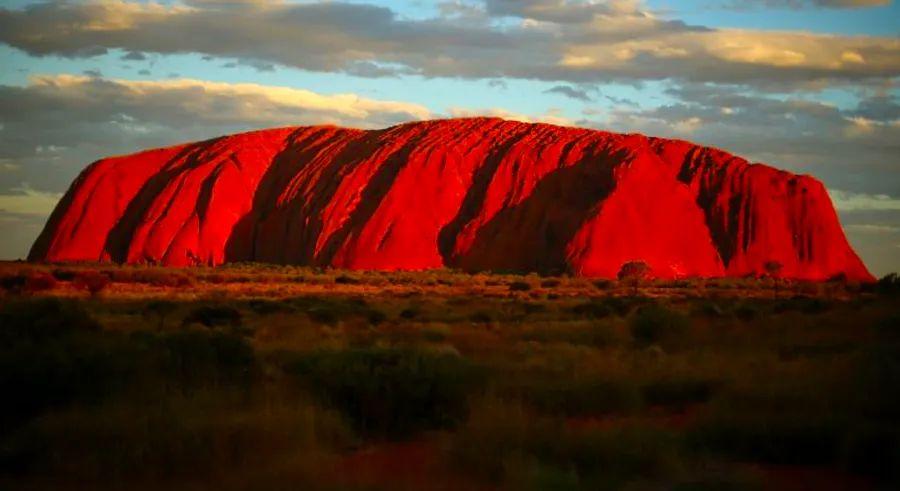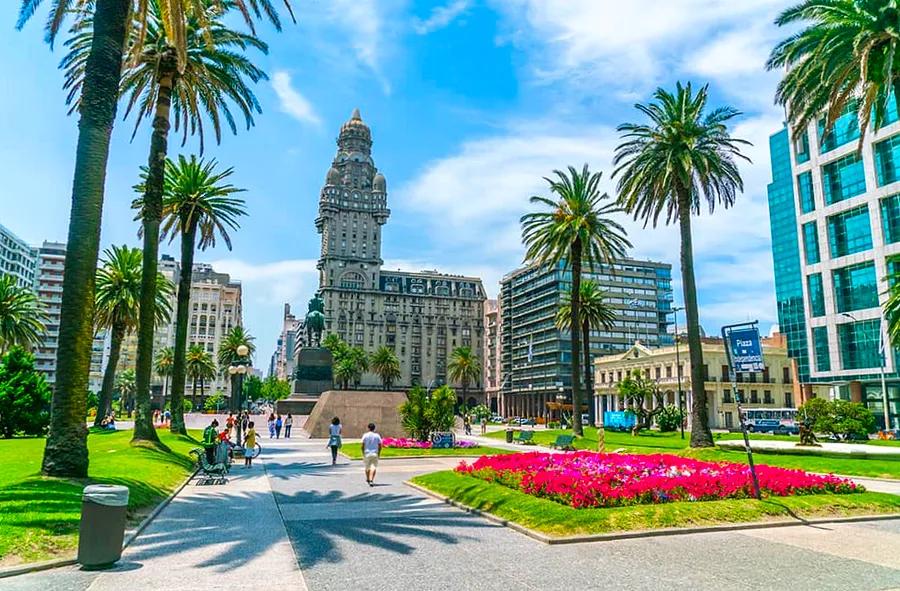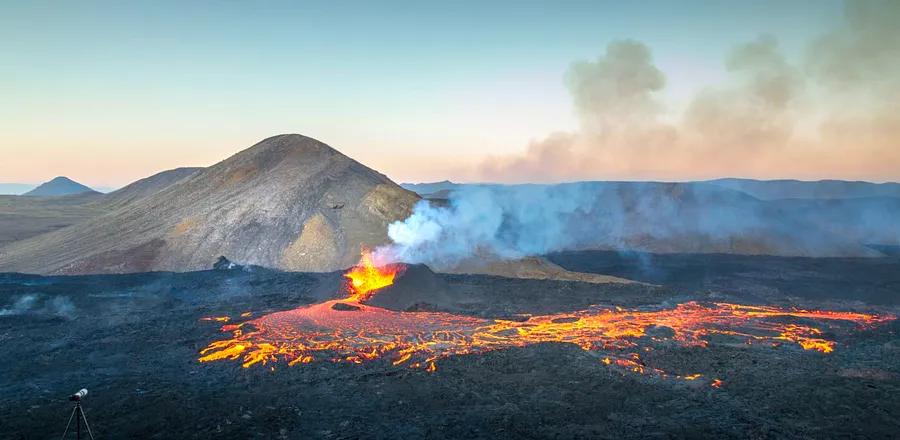Australia Requests Google to Remove Images from Uluru's Summit

Australia has requested that Google remove images from its Maps service that were taken from the summit of Uluru, a sacred Aboriginal landmark, which visitors were prohibited from climbing in 2019.
Google Maps currently displays several user-uploaded photos from the top of Uluru, captured before the climbing ban was imposed, as well as a 2018 Street View route taken by a climber.
However, Parks Australia, which manages the nation’s protected natural sites, has urged the tech company to remove user-uploaded photos following objections from the Anangu Aboriginal people, traditional custodians of Uluru.
In late 2019, tourists were barred from climbing Uluru after the Anangu people expressed concerns over the damage caused by visitors, including surface erosion, littering, and pollution of nearby waterholes.

In a statement, Parks Australia confirmed that Google is supportive of the request and is in the process of removing the images.
Parks Australia notified Google Australia about the user-uploaded photos from Uluru’s summit and requested their removal in line with the wishes of the Anangu people, Uluru’s traditional custodians, and the national park’s Film and Photography Guidelines.
A Google spokesperson told Dinogo, “We recognize the deep cultural significance of Uluru-Kata Tjuta National Park to the Anangu people.”
The company stated that it removed the images promptly after Parks Australia raised concerns about user contributions, but the summit photos were still visible on the platform as of Thursday.
Until the ban in October 2019, tens of thousands of tourists annually climbed the site, once known as Ayers Rock.
The local Anangu people had long been opposed to climbing the rock and had requested a ban since taking stewardship of Uluru-Kata Tjuta National Park in 1985.
Uluru, a UNESCO World Heritage site, is located 450 kilometers (around 280 miles) west of Alice Springs.

1

2

3

4

5
Evaluation :
5/5